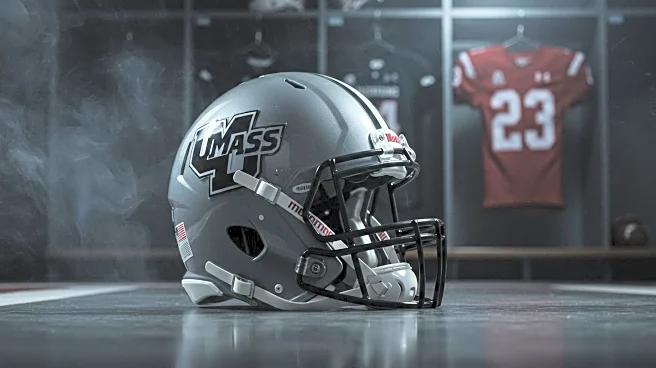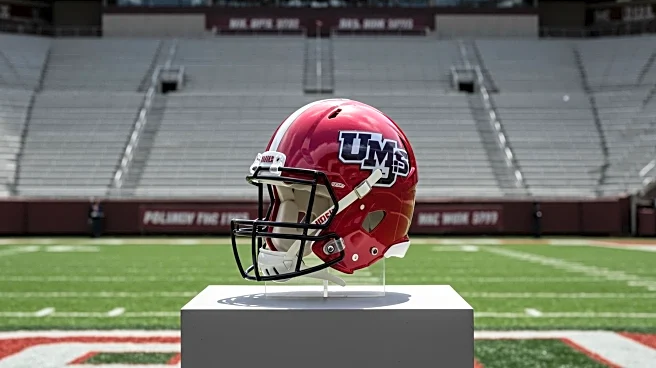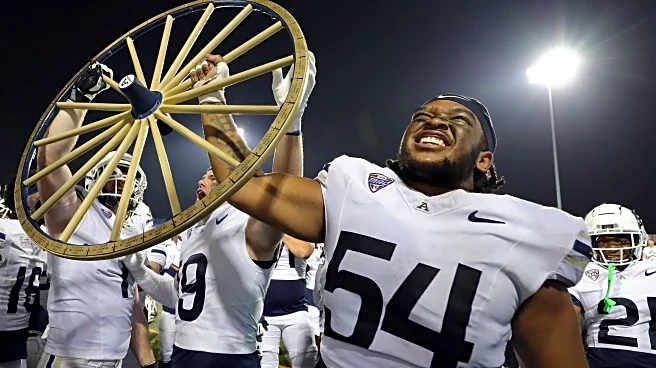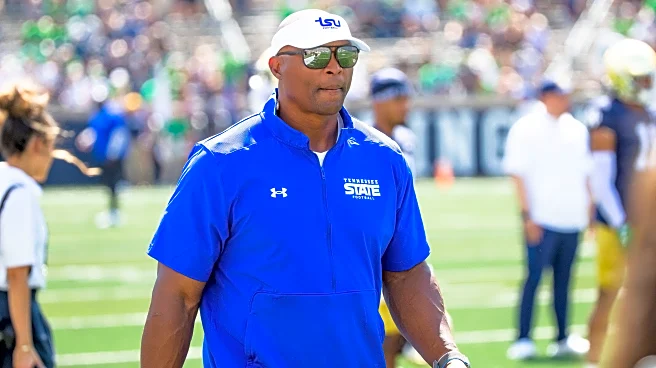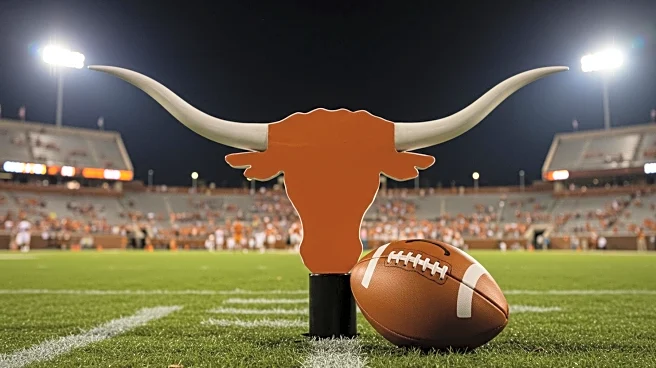What is the story about?
What's Happening?
UMass football is set to rejoin the Mid-American Conference (MAC) after nearly a decade of independence. The move comes as part of the 2025 preseason Bottom 10 rankings, which highlight teams with challenging records. UMass previously participated in the MAC from 2012 to 2015, winning eight games over four seasons. Since leaving the conference, they have secured 18 wins over nine seasons. The decision to return to the MAC is seen as a strategic move to improve their competitive standing. The rankings also mention other teams facing difficulties, such as the defending Bottom 10 champions who have lost 21 consecutive games.
Why It's Important?
The return of UMass to the MAC is significant for both the team and the conference. For UMass, rejoining the MAC could provide a more structured competitive environment, potentially leading to better performance and increased visibility. For the MAC, the inclusion of UMass adds to the conference's diversity and competitiveness. This move may also impact recruitment strategies and financial aspects, as conference affiliation often influences funding and sponsorship opportunities. Teams in the Bottom 10 rankings face challenges that could affect their future prospects, including coaching changes and financial management issues.
What's Next?
UMass will begin its new tenure in the MAC with the upcoming football season. The team will need to adapt to the conference's competitive dynamics and work on improving its record. Other teams in the Bottom 10 are likely to focus on addressing internal issues, such as coaching strategies and player development, to enhance their performance. The MAC will prepare to integrate UMass into its schedule and operations, potentially leading to changes in conference dynamics and rivalries.
Beyond the Headlines
The decision for UMass to rejoin the MAC raises questions about the long-term viability of independence for college football teams. It highlights the importance of conference affiliation in terms of financial stability, recruitment, and competitive success. Additionally, the Bottom 10 rankings underscore the challenges faced by certain programs, prompting discussions on the effectiveness of current management and coaching practices.
AI Generated Content
Do you find this article useful?
